Top 10 AI Crypto Coins to Watch in 2025: Expert Analysis on the Future of Intelligence on Chain
The term AI crypto used to sound like hype. But as we move deeper into 2025, it’s clear this intersection is becoming a new digital frontier — one that blends artificial intelligence, blockchain coordination, and community ownership.
From powering decentralized machine learning to enabling AI agents that interact with smart contracts, these projects are building more than apps — they’re creating foundational infrastructure for an intelligent Web3. Some tokens fund compute power, others manage AI models or data flows. But all of them aim to distribute the value and control of AI more broadly across the internet.
This list explores 10 AI-focused crypto projects that are not just catching investor attention but also driving practical use cases and reshaping digital infrastructure.
Bittensor (TAO): A Living Marketplace for Machine Intelligence
Bittensor has positioned itself as a global, permissionless network where machine learning models are exchanged, rewarded, and constantly improved. Unlike traditional centralized AI training, Bittensor distributes the learning process through a system of incentivized “subnets” — specialized AI economies built by the community.
The TAO token plays a central role in governance and validation, rewarding useful contributions and discouraging low-quality output. There’s a rawness to Bittensor’s design — it’s closer to an open neural market than a finished product — and that’s what draws in researchers and developers who see decentralization as a better path forward for AI.
NEAR Protocol (NEAR): Where AI Agents Meet Chain Abstraction

Source: Learn Near
NEAR didn’t start as an AI blockchain, but it’s quickly becoming one. With the rollout of its Chain Abstraction and NAI (Near AI) framework, NEAR now offers tools for building autonomous agents that interact with blockchains and users in intelligent, human-like ways.
These aren’t simple scripts or bots. NEAR’s infrastructure supports persistent, learning-capable AI modules — tools that can negotiate, coordinate, and react to real-time blockchain events. It’s not just about making smart contracts smarter — it’s about embedding intelligence into the protocols themselves.
Internet Computer (ICP): Protocol-Level AI for a Trustless Web
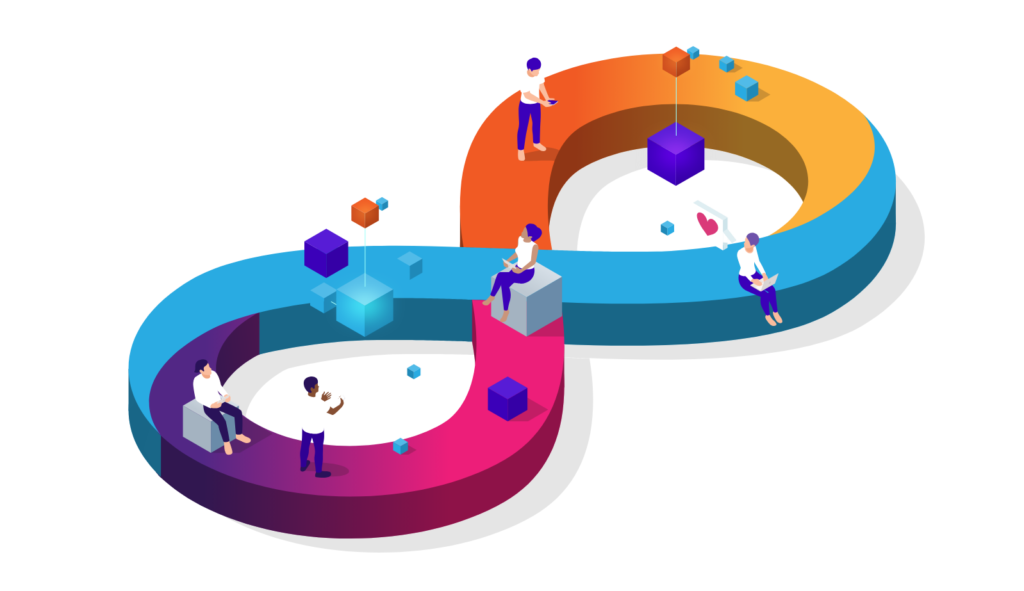
Source: Internet Computer
The Internet Computer brings a unique approach to AI crypto: rather than layering AI on top of existing blockchain stacks, it integrates compute, data, and model execution directly into the protocol layer.
This is made possible through ICP’s use of “canisters” — self-contained software units that run autonomously and can store or process AI logic on-chain. There’s no need for traditional cloud infrastructure. Developers building on ICP can deploy full-scale AI dApps natively, tapping into decentralized storage and compute power in a unified environment.
That makes ICP especially relevant in sectors like education, healthcare, and identity, where keeping AI logic on-chain isn’t just convenient — it’s critical.
Artificial Superintelligence Alliance (ASI): Three Visions, One Token
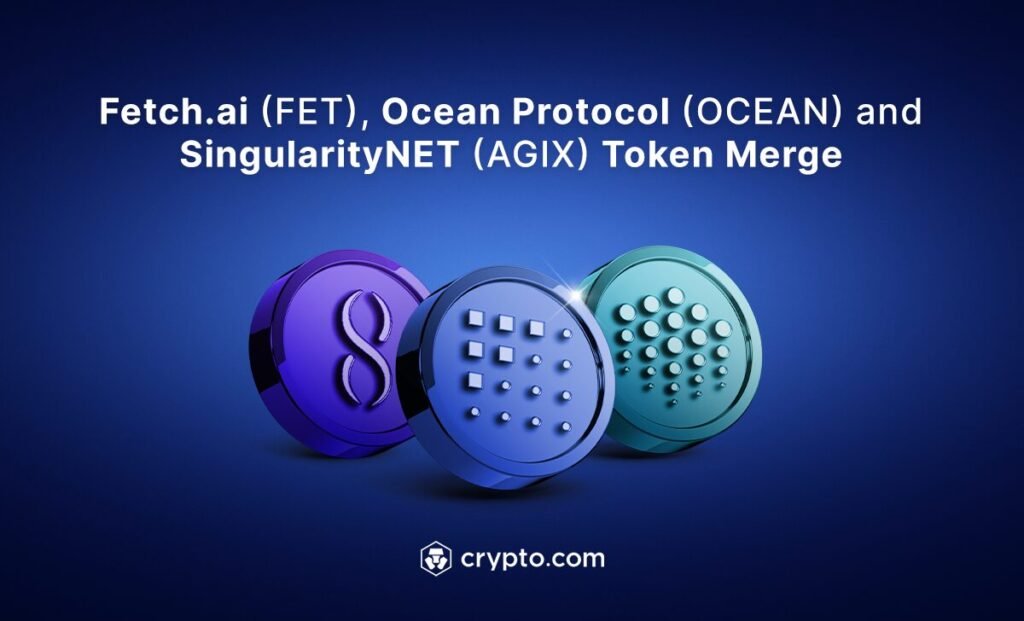
Source: Crypto.com
In 2024, three notable AI crypto projects — Fetch.ai, Ocean Protocol, and SingularityNET — merged under a single token called ASI, forming the Artificial Superintelligence Alliance. The move consolidated compute (FET), data (OCEAN), and cognition (AGIX) into one interoperable AI economy.
In practice, ASI supports an ecosystem where AI agents can access verified datasets, execute tasks using distributed compute, and evolve across networks. This synergy has created a gravity well in the AI crypto space — attracting developers and institutions seeking holistic AI frameworks.
Rather than competing on isolated features, ASI represents a bet on long-term coordination and cross-protocol intelligence.
Render Network (RNDR): The GPU Backbone of Generative AI
As AI workloads increasingly demand high-performance GPU rendering, Render Network has quietly become one of the most important pieces of decentralized AI infrastructure.
Originally aimed at creators, RNDR now services generative AI projects that require heavy compute for tasks like video generation, 3D modeling, and spatial inference. It does this by tapping into a distributed network of GPUs — rewarding providers in RNDR tokens.
Its relevance grew in tandem with generative AI’s rise in design, media, and AR/VR applications. Render’s decentralized approach offers an alternative to expensive centralized GPU clouds, making it a vital part of the AI crypto landscape.
Akash Network (AKT): The Open Cloud for AI Builders
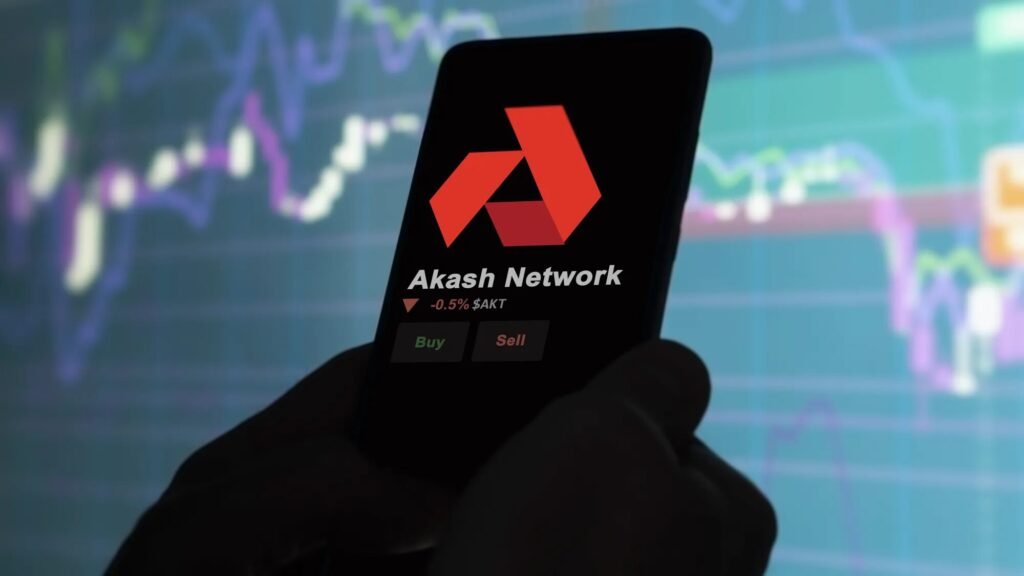
Source: Bankless Times
Akash Network operates a decentralized marketplace for compute — particularly attractive to AI developers priced out of AWS or Azure. In 2025, it doubled down on supporting machine learning workflows, adding native support for containerized models and GPU-heavy jobs.
It doesn’t try to replace centralized clouds completely — but it offers choice and control. For AI builders working on experimental projects or who value transparency, Akash provides a compelling alternative.
Its deep integration with Cosmos adds another layer of interoperability, letting AI apps communicate across chains and services without being locked into silos.
Ora: AI Crypto – Bringing AI Queries Onchain with Privacy by Default
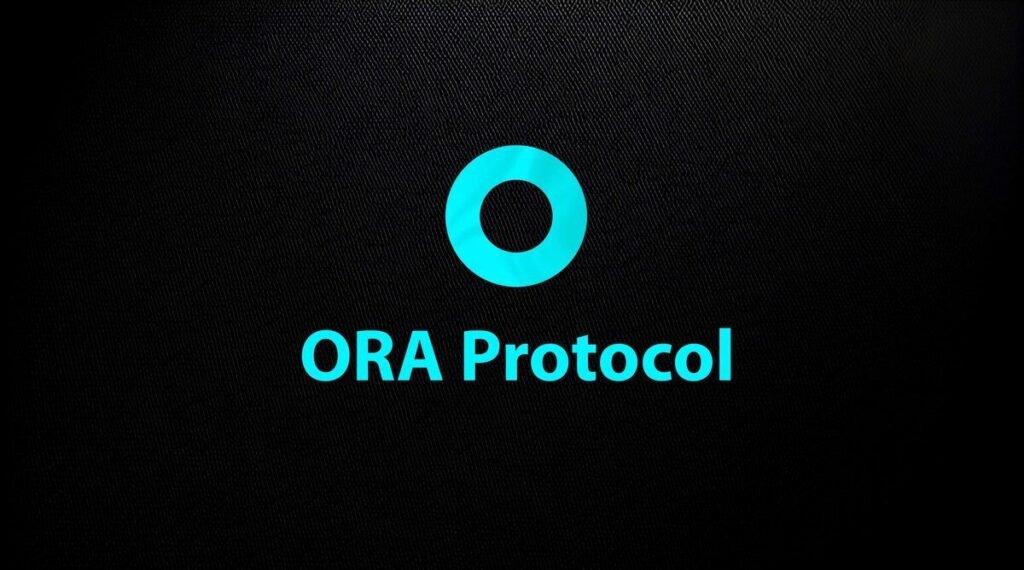
Source: X
Ora is what happens when you blend oracle networks with machine learning inference. It allows smart contracts to make real-time AI queries — think LLM prompts, data summaries, or logic decisions — all while preserving privacy and reducing off-chain dependencies.
Built on Ethereum and Polygon, Ora structures its ecosystem as an inference marketplace, where developers can access modular AI capabilities with verifiable outputs.
In areas like DeFi automation, game logic, and onchain governance, Ora is laying the groundwork for smart contracts that understand and respond in more human-like ways.
Gensyn (GENS): AI Crypto – Global Compute for Training AI Models
Most AI crypto projects focus on inference. Gensyn stands out by tackling something earlier in the pipeline — training. Its decentralized protocol connects developers to idle compute power worldwide, turning laptops, gaming rigs, and cloud instances into a massive ML training mesh.
Verification is handled via cryptographic proofs that validate whether the work was completed as requested. This means developers don’t need to trust node operators — the math handles that.
With growing demand for cost-effective training infrastructure, Gensyn fills a vital role in the AI stack. Backing from a16z and others suggests the market sees that too.
Ritual: AI Crypto – Smart Contracts That Think
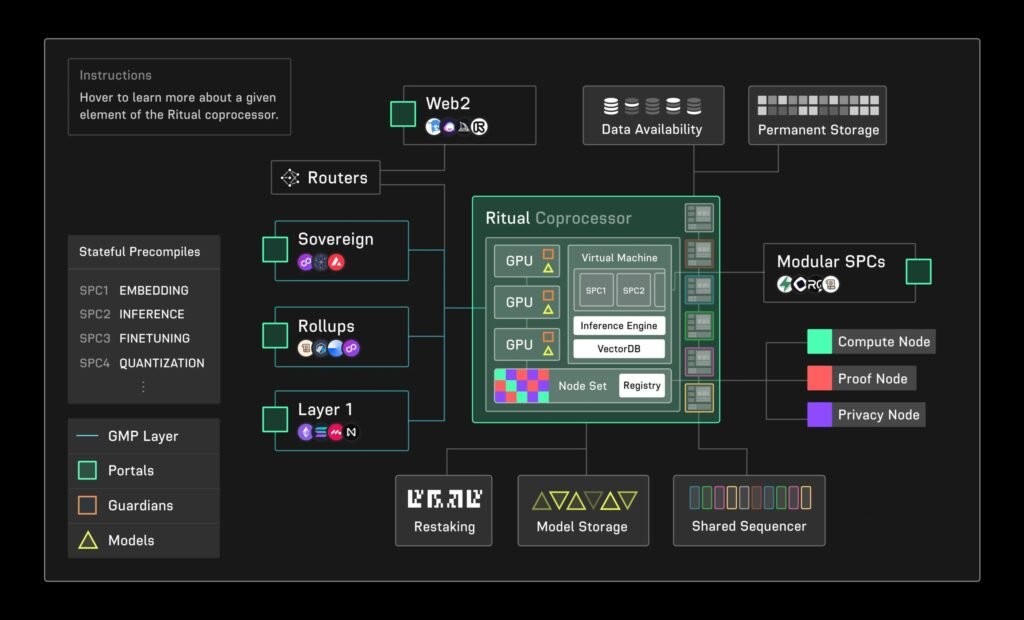
Source: Ritual
Ritual is still early-stage, but it may become a key layer in how AI interacts with Web3. Rather than building a standalone chain, Ritual acts as a modular AI coprocessor — enabling other blockchains to perform inference, tap into LLMs, or coordinate autonomous agents.
It’s part of a broader trend toward cognitive computing in decentralized systems. By abstracting away model management and compute, Ritual allows developers to focus on logic and user experience.
If smart contracts are the new software layer, Ritual is pushing them one step further — toward understanding, adaptation, and decision-making.
Why AI Crypto Is Poised to Reshape the Digital World
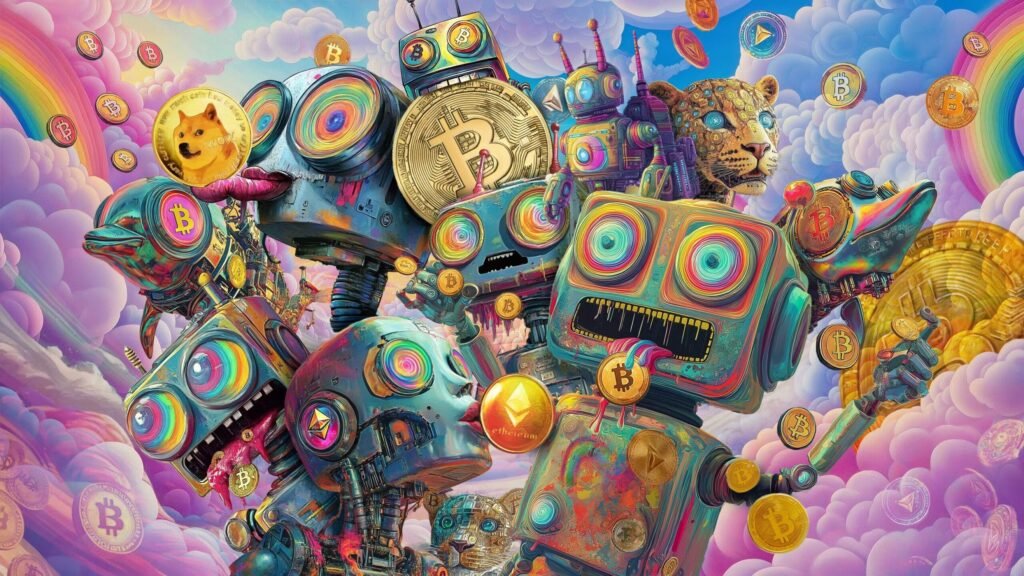
Source: The Information
The projects above don’t just ride the wave of AI — they help steer it. By embedding intelligence into blockchains, compute networks, and token economies, AI crypto is forming a new layer of infrastructure that is both decentralized and adaptive.
Some platforms focus on raw compute. Others enable agents, reasoning, or data flow. But together, they point toward a future where control of artificial intelligence isn’t limited to corporations — it’s shared, modular, and community-driven.
As 2025 unfolds, investors and developers alike are watching AI crypto closely — not just for returns, but for what it might reveal about the future of trust, autonomy, and intelligence itself.




